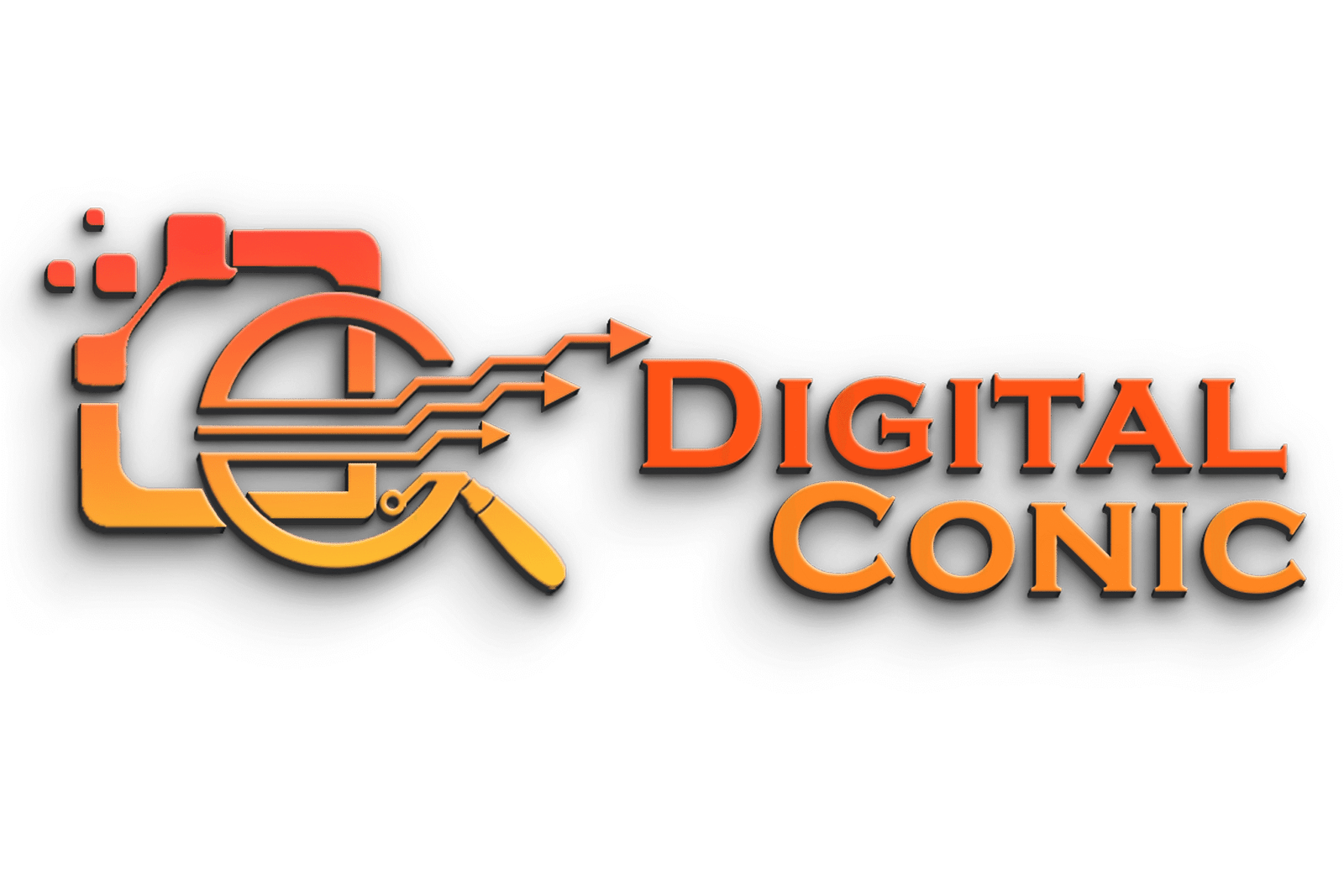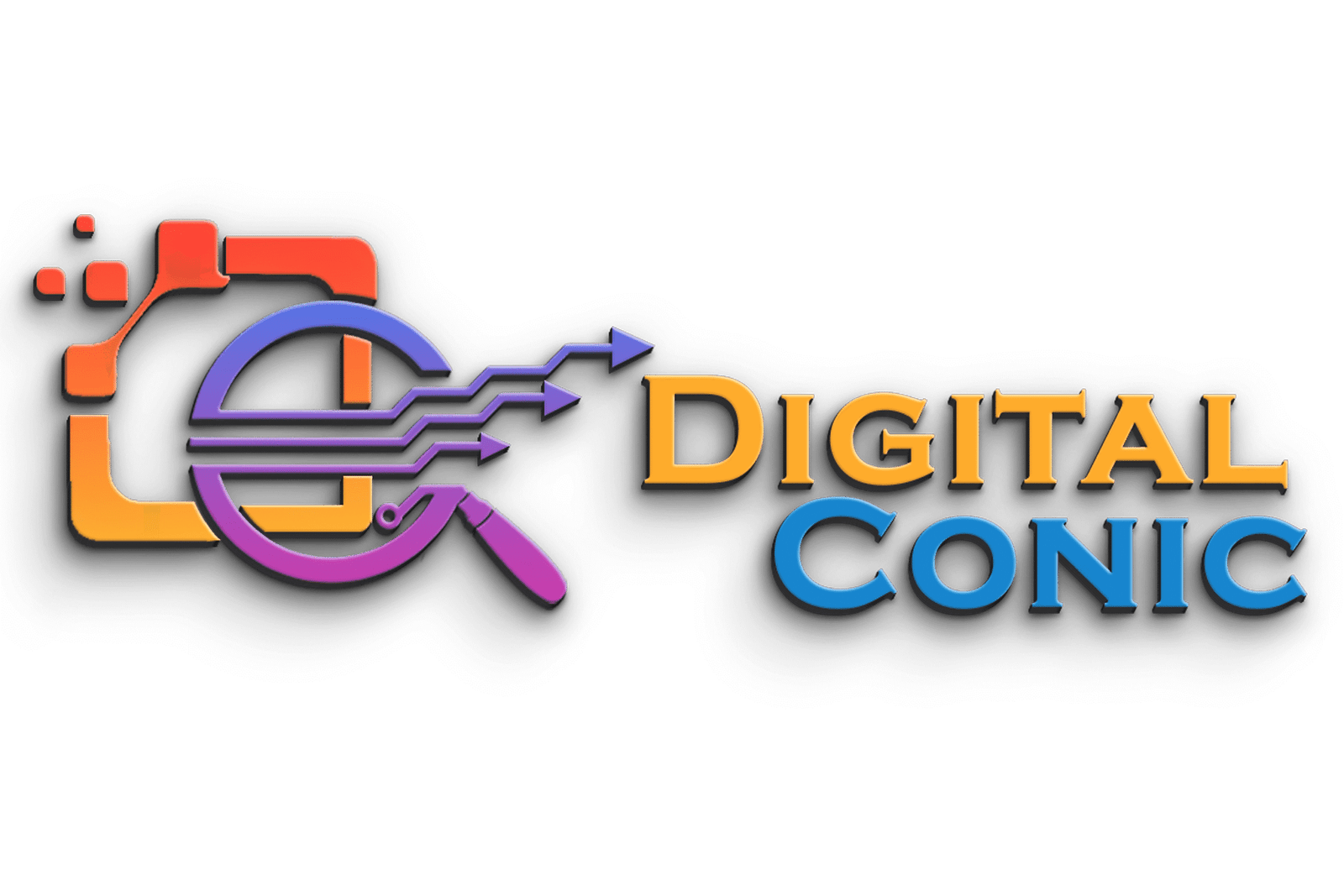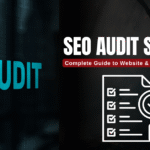Introduction
Have you ever poured your heart into creating high-quality content, only to find it buried deep in Google’s search results? That’s where technical SEO steps in. Think of your website as a car—your content is the bodywork, but technical SEO is the engine that keeps it running smoothly. Without it, even the most beautiful content won’t get you far.
Technical SEO focuses on improving your website’s infrastructure so that search engines can crawl and index your pages efficiently. It’s not just about fixing broken links or adding meta tags—it’s about enhancing your site’s overall performance, structure, and speed to maximize visibility.
What is Technical SEO?
Technical SEO is the process of optimizing your website’s backend so that search engines can easily access, understand, and rank it. It includes things like improving site speed, making the website mobile-friendly, creating clean URLs, and setting up secure connections. Essentially, it’s all the behind-the-scenes work that helps your website perform well in search results.
When done correctly, technical SEO acts as a strong foundation for all your content marketing and link-building efforts. Without it, your content might go unnoticed, no matter how valuable it is.
Why Technical SEO Matters
You could have the most informative and engaging content in your niche, but if your website takes too long to load or isn’t mobile-responsive, users will leave before they even read a word. Search engines notice these behaviors and rank your site lower as a result.
Technical SEO ensures that your site is fast, user-friendly, and easily navigable—three key factors that Google’s algorithm rewards. A technically sound site not only pleases search engines but also provides a better experience for visitors, encouraging them to stay longer and interact with your content.
Understanding How Search Engines Work
Before diving into optimization, it’s crucial to understand how search engines like Google work. Search engines use bots, known as crawlers or spiders, to explore and gather information from websites.
Crawling
This is when search engines discover new or updated pages by following links or sitemaps. If your website structure is confusing or your internal links are broken, crawlers may miss essential pages.
Indexing
After crawling, search engines store your pages in their database. If your content isn’t indexed properly, it won’t appear in search results, no matter how relevant it is.
Ranking
Once indexed, algorithms evaluate your pages based on hundreds of factors—content quality, site speed, user experience, and backlinks—to decide where your page should appear in the results.
Proper technical SEO ensures your site is both crawlable and indexable, giving you a fair shot at ranking high.
Website Speed Optimization
Why Site Speed Matters
Nobody likes waiting for a page to load. In fact, research shows that a one-second delay in load time can reduce conversions by 7%. Google also considers page speed a ranking factor, which means a slow website can drag your SEO performance down dramatically.
Tools to Measure Speed
Tools like Google PageSpeed Insights, GTmetrix, and Pingdom can analyze your website’s load time and highlight areas for improvement.
How to Improve Site Speed
- Use a CDN (Content Delivery Network): This helps distribute your content globally so users can access it faster.
- Compress Images: Large images slow down your site—tools like TinyPNG or ImageOptim can help.
- Minify CSS and JavaScript: Remove unnecessary characters and spaces to reduce file sizes.
- Enable Browser Caching: Store some website data locally so returning visitors experience faster load times.
A faster site leads to happier visitors and better search rankings—an all-around win.
Mobile-Friendly Optimization
More than half of all web traffic comes from mobile devices, which is why Google now uses mobile-first indexing. This means Google primarily uses your mobile site to determine rankings.
How to Ensure Mobile Optimization
- Responsive Design: Your site should automatically adjust to any screen size.
- Readable Fonts and Buttons: Make sure text is legible and buttons are easy to tap.
- Avoid Pop-Ups: Intrusive pop-ups can frustrate users and hurt your rankings.
A mobile-optimized website ensures visitors have a seamless experience no matter what device they use.
URL Structure and Canonicalization
Clean and SEO-Friendly URLs
Your URLs should be simple, descriptive, and keyword-rich. They not only help users understand your page but also assist search engines in determining relevance.
Example:
✅ www.example.com/technical-seo-tips
❌ www.example.com/page?id=12345
Canonicalization
Duplicate content can confuse search engines and split your ranking power. Canonical tags tell search engines which version of a page to prioritize, preventing duplication issues.
XML Sitemaps and Robots.txt
A well-structured XML sitemap acts as a roadmap for search engines, showing them where your most important pages are located. You can easily generate one using SEO plugins like Yoast or RankMath. Once created, submit it to Google Search Console and Bing Webmaster Tools.
Your robots.txt file, on the other hand, tells crawlers which pages they can or cannot visit. However, misuse of robots.txt can unintentionally block important pages from being indexed—so always double-check your settings.
HTTPS and Website Security
Security has become a major trust signal for both users and search engines. Websites using HTTPS are encrypted and protect user data, while HTTP sites may display a “Not Secure” warning.
Google officially uses HTTPS as a ranking signal, so switching to an SSL certificate not only builds user confidence but also improves SEO performance. Free SSL certificates are available through Let’s Encrypt, and most hosting providers offer simple installation options.
Structured Data and Schema Markup
Structured data, often added using Schema.org markup, helps search engines understand your content contextually. For example, it allows Google to display rich results like star ratings, product prices, or FAQs directly in search results.
Adding structured data doesn’t just make your listings look better—it also increases your click-through rate (CTR) because users can see more information upfront. Implement schema using Google’s Structured Data Markup Helper or plugins like Schema Pro.
Fixing Crawl Errors
Crawl errors occur when Googlebot struggles to access certain pages on your website. These can include 404 “Not Found” errors, redirect loops, or server issues.
To find and fix crawl errors:
- Regularly check Google Search Console for crawl issues.
- Redirect broken URLs to relevant live pages.
- Ensure your sitemap is up-to-date.
By resolving crawl errors, you ensure search engines can properly access and rank all your valuable content.
Optimizing for Core Web Vitals
Google’s Core Web Vitals are a set of metrics that evaluate your site’s user experience.
- LCP (Largest Contentful Paint): Measures how quickly your main content loads.
- FID (First Input Delay): Measures interactivity.
- CLS (Cumulative Layout Shift): Measures visual stability.
To improve these:
- Optimize images and videos.
- Use a reliable hosting provider.
- Reduce JavaScript execution.
- Enable lazy loading.
Websites that score well on Core Web Vitals tend to rank higher and retain visitors longer.
Internal Linking Structure
Internal linking helps distribute link equity across your pages and assists crawlers in discovering related content.
Best Practices
- Link from high-authority pages to newer ones.
- Use descriptive anchor text.
- Keep links relevant to the topic.
A well-planned internal linking strategy strengthens your website’s SEO and guides users toward more valuable content.
Duplicate Content and Canonicalization
Duplicate content can occur accidentally through URL variations, printer-friendly pages, or CMS settings. Use tools like Siteliner or Copyscape to identify duplicates.
How to Fix It
- Implement canonical tags.
- Use 301 redirects for outdated or duplicate URLs.
- Set your preferred domain (www vs. non-www).
Fixing duplicate content ensures your SEO efforts aren’t divided among multiple versions of the same page.
Optimizing Images and Media Files
Images enhance user experience but can also slow down your site if not optimized. Always compress images before uploading and use formats like WebP for better performance.
Alt Text Optimization
Every image should have descriptive alt text. Not only does this improve accessibility for visually impaired users, but it also helps Google understand your image content, giving you an SEO boost in image search results.
Pagination and Infinite Scroll Handling
Pagination helps organize long lists or articles into manageable sections, while infinite scroll provides a smoother browsing experience.
SEO Best Practices
- Use rel=”next” and rel=”prev” tags for paginated content.
- Ensure infinite scroll pages are crawlable with unique URLs.
- Avoid loading content that can’t be accessed by crawlers.
Proper pagination keeps users engaged and ensures that search engines can access all your content effectively.
Monitoring and Auditing Technical SEO
Technical SEO isn’t a one-time job—it’s an ongoing process. Regular audits help you identify new issues and maintain site health.
Tools to Use
- Google Search Console for performance tracking.
- Screaming Frog SEO Spider for detailed crawl analysis.
- Ahrefs and SEMrush for comprehensive SEO audits.
By consistently monitoring your technical SEO, you can spot problems early and ensure long-term ranking stability.
Conclusion
In the ever-changing landscape of SEO, technical optimization remains the backbone of online success. You can have amazing content and a strong backlink profile, but without a technically sound foundation, your site’s potential is limited.
Investing in technical SEO ensures that your website is fast, secure, mobile-friendly, and easy for both users and search engines to navigate. Think of it as the maintenance your digital house needs to stay in top shape—regular care keeps everything running smoothly and efficiently.
FAQs
1. What’s the difference between technical SEO and on-page SEO?
Technical SEO focuses on website infrastructure (speed, crawlability, security), while on-page SEO deals with content and keyword optimization.
2. How often should I perform a technical SEO audit?
It’s best to audit your site every 3–6 months or after major website updates.
3. Does HTTPS really affect rankings?
Yes. Google uses HTTPS as a ranking factor, and users trust secure sites more.
4. Can I do technical SEO without coding?
Yes, many aspects can be handled through SEO tools or plugins like Yoast and RankMath.
5. What’s the fastest way to improve technical SEO?
Start by improving your site’s loading speed and fixing crawl errors—these often yield quick results.





